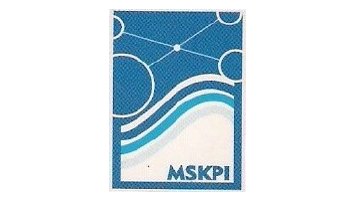PENERAPAN DEKONVOLUSI SPIKING DAN DEKONVOLUSI PREDIKTIF PADA DATA SEISMIK MULTICHANNEL 2D DI LAUT FLORES
Abstract
The use of seismic reflection in ocean has become an activity that is often performed with a variety of purposes,to map the subsurface. The basic objective of seismic data processing is to convert the recorded information from the field into data that can be interpreted. One goal of seismic data processing is to eliminate or reduce the noise of reverberation and multiples as well as enhance the signal to noise ratio. This study uses data line 16 in the Flores Sea extension SEG-Y. The research was conducted in February- March 2015, in marine geology research and development, Bandung. The method used in this study is spiking deconvolution and predictive deconvolution. This study was conducted to analyze the differences in seismic migration poststack results using predictive deconvolution and spiking deconvolution. The results obtained are both deconvolution can increase the signal to noise ratio in the data. Migration using both spiking and predictive deconvolution results are not much different due to the influence of irregular signature tail because of synchronization airgun less effective.




















